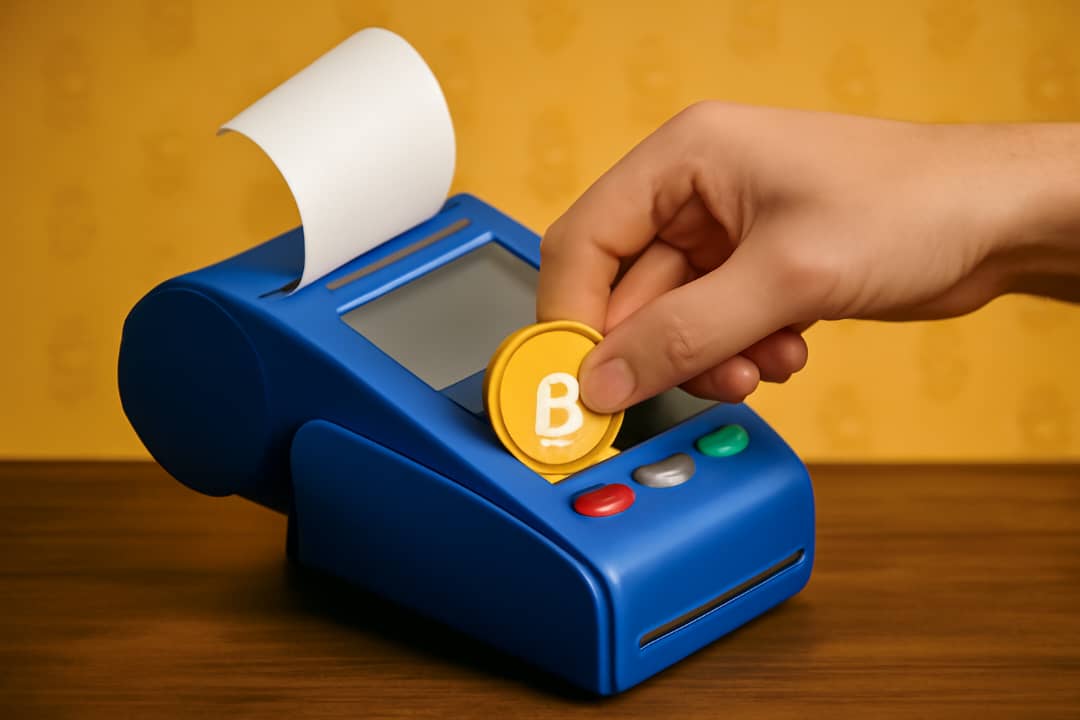Crypto adoption is reshaping how companies handle international transactions. For businesses operating across multiple markets, mass crypto payments have become a smarter, faster, and cheaper alternative to traditional banking systems. We’re no longer talking about sending funds one-by-one — we’re talking about automating bulk transactions across borders in minutes, not days.
Let’s break down how global mass payment systems work and why they’ve become essential in today’s digital-first economy.
The Essence of Mass Crypto Payment Automation for Businesses.
Imagine having to send hundreds of payments manually — it’s not just time-consuming; it’s prone to human error and costly delays. That’s where payment automation comes in. By automating batch crypto transactions, companies can execute payouts to freelancers, vendors, or affiliates around the world in a few clicks.
These systems allow firms to manage multi-currency payments using digital assets, saving significantly on currency conversion fees and settlement delays. Unlike legacy systems that rely on intermediaries, crypto-based payment platforms cut the middlemen out entirely. As a result, businesses benefit from:
- Faster transaction settlement across time zones
- Reduced fees for international cross-border payments
- Minimized errors through automation
- Easier financial reconciliation
- Greater control over bulk B2B payments.
The Role of Payment APIs in Mass Crypto Payments
Here’s where things get technical — but essential. Payment APIs are the backbone of any scalable crypto payment infrastructure. These APIs act as bridges between a company’s internal software (like ERPs or CRMs) and blockchain networks, enabling real-time transaction execution and monitoring.
Let’s say a SaaS company needs to pay 1,000 partners in different regions. With API integration, the system can dynamically calculate amounts, convert crypto, and initiate global mass payments without manual input. It’s plug-and-play scalability that also improves payment security by minimizing touchpoints and automating reconciliation.
Ensuring Compliance in Payments
While the tech is cutting-edge, compliance isn’t optional. Businesses handling cross-border payments must adhere to KYC (Know Your Customer), AML (Anti-Money Laundering), and regional tax regulations. That’s where integrated compliance tools come into play. Modern crypto payment platforms embed automated checks that flag suspicious wallet activity or enforce transaction limits based on regulatory thresholds. Ensuring compliance in payments isn’t just about avoiding penalties — it’s about building trust with clients and regulators alike.
As crypto continues to evolve, mass payment tools are transforming the way companies operate globally. From digital wallets and API integrations to multi-currency payments and built-in compliance layers, the future of B2B payments is decentralized, instant, and smart.
Businesses that embrace this shift now are positioning themselves ahead of the curve, where cross-border settlements are seamless, secure, and automated by design.













